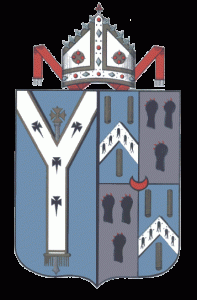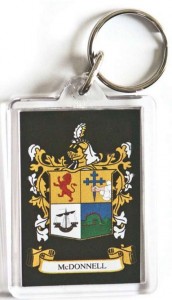There are two sure-fire ways to make someone brought up in Ireland squirm. The first – especially effective if you’re North American and wearing tartan trousers – is to ask about “the leprechauns”. Watch them furtively check out the nearest exits.

The second is to ask if they speak Irish. Almost everyone in the country has undergone fourteen or fifteen years of daily lessons in the language and almost everyone can just about come out with a few fragments of token pidgin (the cúpla focail).
The result is a profound, squirming ambivalence about the language. On the one hand, it’s dinned into us from an early age that Irish is “part of who we are”, an ancient tongue uniquely evolved to embody the Irish national character, the official language of the state. On the other hand, our real mother tongue is English, and has been the mother tongue of our ancestors back more than six generations. And the Irish we were taught in school was not a language like French or German, a medium of communication. It was a form of advanced obedience training, a series of phenomenally complicated grammatical hoops to be jumped through.
Aidan Doyle’s A History of the Irish Language (Oxford, 2015) sheds much light on how this state of affairs came about. The author, a lecturer in Irish and linguistics in UCC, approaches Irish from the point of view of historical linguistics rather than with the customary deference of Irish-language revivalism. He concludes that as early as the mid-eighteenth century the language was doomed as an evolving, living, European vernacular. The annihilation of the Irish-speaking propertied classes in the wars of the previous century meant it had no chance to develop “print-capitalism”: no newspapers, pamphlets, contracts, novels, advertisements. It had been made the language of the dispossessed, spoken only, beautiful and utterly powerless.
But Doyle’s most extraordinary finding is that the language as it now exists was virtually re-invented in the late 19th century. The revival movement started and led by Douglas Hyde was an Irish version of the contemporary Europe-wide mania for nationhood, combining crude ideas about evolution with near-racist notions of ethnic purity.
It was a very strong mixture. Here is Hyde writing about his relationship with Irish in 1886: “…the language I spoke from my cradle, the language my father and grandfather and all my ancestors in an unbroken line leading up into the remote twilight of antiquity have spoken … “.

Hyde’s family came to Ireland in the Elizabethan era and were granted land in Cork in return for services to England. He learned Irish in his teens, and was almost certainly the first member of his family ever to speak it. The power of his desire for a Gaelic Irish identity to match Magyar Hungarian and Bohemian Czech must have been almost overwhelming. It was certainly blinding.
The language became a potent symbol of national identity, more important than any linguistic facts. And that is what led to its reinvention. For the enthusiasts of Hyde’s Gaelic League, the actual language still spoken in parts of the remote west and south was impure, debased by generations of contact with English. So they purified it. The end result was a small group of urban Irish-language experts whose mother-tongue was English teaching the Irish language to larger groups of students whose mother-tongue was also English. The inevitable result that English-language idioms, grammar and syntax seeped into the “revived” tongue.

The results are still with us. My own favourite example is the Irish-language sign in my local park urging dog-owners whose pets foul the grass to “Glan suas é”, “Clean it up”, an utterly idiomatic English phrasal verb translated word by word. Imagine a sign in French that says “Nettoyez-le en haut.”
So the answer to the question “Why are there no genealogical records in Irish?” is that there are no written records of any description in Irish before the twentieth century.
Is mór an trua é.






